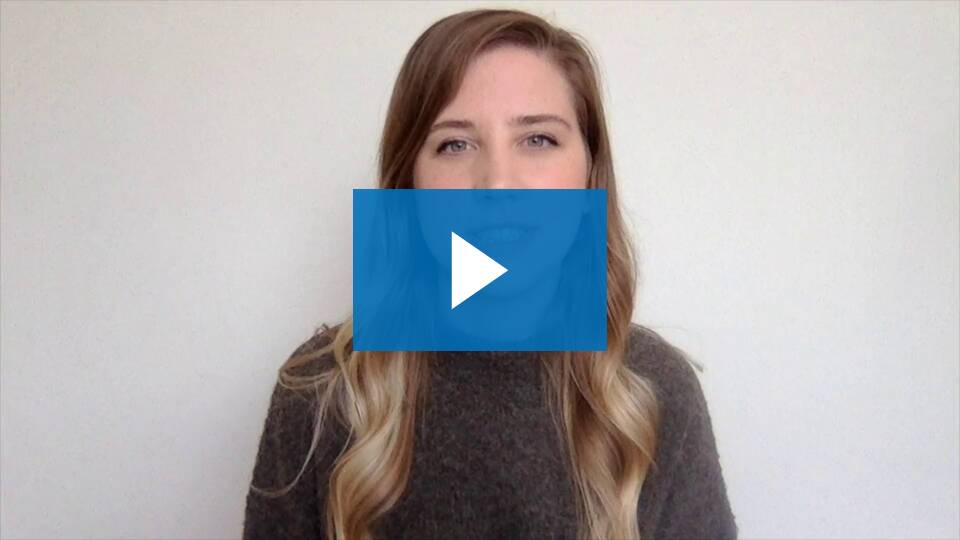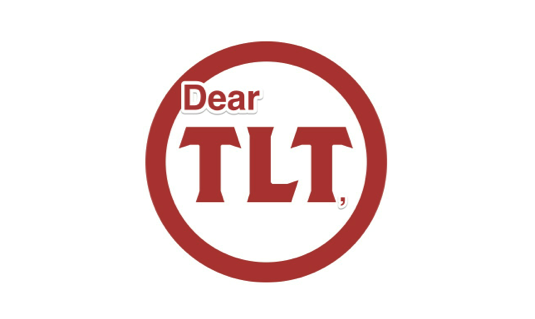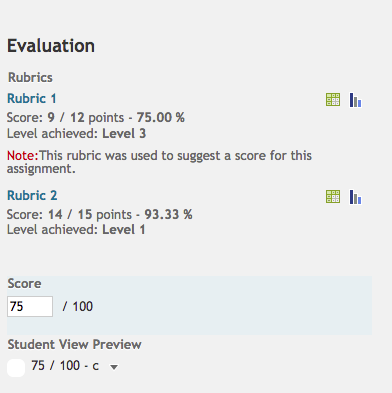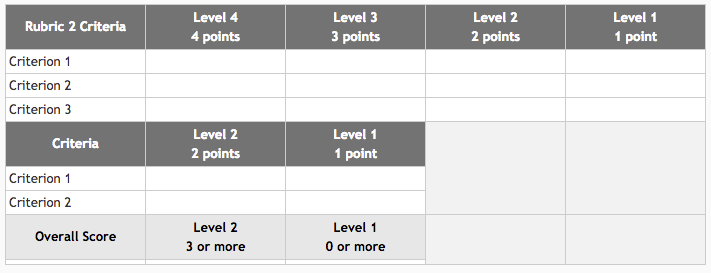Too often, at professional development workshops or on education blogs, there’s an emphasis on designing courses that encourage students to reach the summit of Bloom’s pyramid. There’s absolutely nothing inadvisable about helping students analyze, evaluate, and explore. But in our race to the top, we often overlook the importance of remembering, understanding, and even applying (especially in our upper-level courses). According to cognitive psychologists, this is a mistake that can have damaging effects on student learning. Without foundational knowledge, it is difficult, if not impossible, for students to demonstrate higher order levels of thinking. According to cognitive psychologist Daniel Willingham:
“Thinking well requires knowing facts, and that’s true not simply because you need something to think about. The very processes that teachers care most about–critical thinking processes such as reasoning and problem-solving–are intimately intertwined with factual knowledge that is stored in long-term memory (not just found in the environment).” (quoted in Lang, 2016, p. 16)
Without a solid understanding of basic concepts, theories, and processes, a student cannot think creatively or critically about a discipline’s body of knowledge. This academic groundwork allows students to integrate new knowledge in deeper ways and make more sophisticated connections.
Unfortunately, students often make poor choices when they attempt to learn new information. Have you ever asked your students (maybe after the class did terribly on an exam) how they studied? Often, students will say things like “I re-read my notes” or “I made flash cards and read them over and over again.” Research has demonstrated that these are some of the least effective strategies for committing information to long-term memory. Thus, if we care about our students’ learning, then we must design our courses in ways that actually help students learn, not simply cram and forget.
Exams are considered by many to be the gold standard of measuring student learning. However, most instructors are not familiar with the cognitive science literature and, therefore, do not design exams that actually result in student learning. Better understanding the retrieval effect (sometimes called the testing effect) will help us to create more effective assessments.
How many times have you claimed your “brain is full” or “you can only remember so much”? Our long-term memories are actually capable of holding quite a lot of information. Cognitive psychologist Michelle Miller argues “the limiting factor is not storage capacity, but rather the ability to find what you need when you need it. Long-term memory is rather like having a vast amount of closet space–it is easy to store many items, but it is difficult to retrieve the needed item in a timely fashion” (quoted in Lang, 2016, p. 28). She explains that each time we recall a piece of information, we strengthen the neural pathways that move the information from our long-term memories to our working memories. This is key. The more times we retrieve the information, the better.
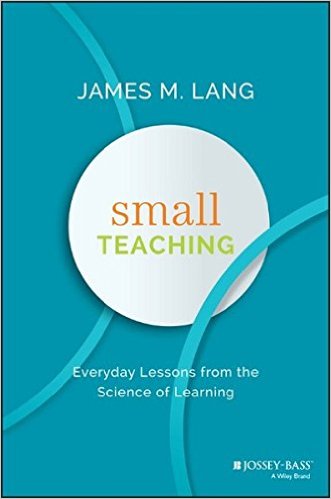
To encourage your students to practice retrieval, try these strategies from James Lang’s book Small Teaching:
The Retrieval Syllabus. Most of us distribute our syllabi on the first day of class and never bring it up again, until a student violates a policy or makes a complaint. Instead of thinking of your syllabus as a contract, envision it as a resource that is continuously referred to throughout the semester. Fill out the course schedule with details that will help students see how the course will progress, how topics connect to one another, and how knowledge is organized in your discipline. Then, during class, ask students to look at the document to orient themselves as well as remind them of what has been discussed thus far.
Warm-up Review. In the first few minutes of class, ask students to write down on a scrap sheet of paper the topics that were covered the class period before or the main themes from the reading. Ask students to share their “take aways”: What do they think was the most important point? What struck them? What piqued their interest?
I’ve done something similar with my students, but I simply asked the class to provide a review orally. Typically, the same few students are the only ones who reply. Thus, not everyone is encouraged to practice retrieval, so this method is less effective than asking all students to write down their recap. This simple exercise has the added benefit of an intellectual “warm-up” — prepping students for learning and participating during class.
Exit Tickets. Similarly, at the end of class, have students to complete an exit ticket. For example, you could ask students to write down two things they learned and one question they still have. This requires retrieval as well as provides valuable information about what students identify as important and what they are struggling with. This can serve as a great jumping off point for the next class period.
What is absolutely essential for both warm-ups and exit tickets is that students are told not to consult their notes or textbook when responding. If students look up the answers, they are not practicing retrieval. It’s also important to explain to students the purpose of these exercises. You’re not trying to test them or give them busy-work; you’re trying to help them learn more effectively.
Frequent Quizzing. Frequent, low-stakes quizzes are one of the best ways for students to strengthen their retrieval muscles. Remember that the more we recall information, the stronger the neural pathways between long-term and working memory. When creating quizzes, it’s essential that they are not weighted heavily. The point is to encourage retrieval, not stress students out. It’s also important to include question types that will be similar to what students can expect on exams. This allows students to familiarize themselves with those formats so the exam is a test of knowledge instead of exam-taking ability.
If you don’t have enough class time to devote to frequent quizzes, consider using online quizzes, such as through your Learning Management System (LMS). Most textbook publishers provide gigantic test banks that provide more than enough questions to create multiple quizzes throughout the semester. These banks are designed to be quickly imported into your LMS and quizzes can be automatically-graded, making quiz creation and administration simple. To ensure students are practicing retrieval, restrict the time limit so they don’t have the leeway to look up every answer in their notes or book (30-60 seconds per multiple choice question is advisable).
Space Out Due Dates. Students should complete multiple smaller assessments throughout the semester (as opposed to only one midterm and one final exam). Intersperse lower stakes assessments (e.g. weekly quizzes, practice problems, minute papers) with higher stakes assessments (e.g. exams, research papers, lab reports). According to James Lang, “the more frequently that your students have to check in and offer some demonstration of their learning, the more often you are giving them retrieval practice” (2016, p. 36).
Providing frequent opportunities for retrieval will not only help your students remember important information, it will also open the door to higher levels of cognition. I’ve shared simple but powerful ways to help your students learn that do not require extra preparation, overwhelming amounts of grading, or even that much class time. Want more ideas? Check out James Lang’s fantastic book Small Teaching and then ask yourself, “what small changes can I make to help my students learn?”
 You can search the web for royalty free images directly from Slides or you can upload images from your computer (note: Pixabay.org gives you free images to use).
You can search the web for royalty free images directly from Slides or you can upload images from your computer (note: Pixabay.org gives you free images to use). You can add charts (pie, line, bar, and column charts) from directly within Slides.
You can add charts (pie, line, bar, and column charts) from directly within Slides.


